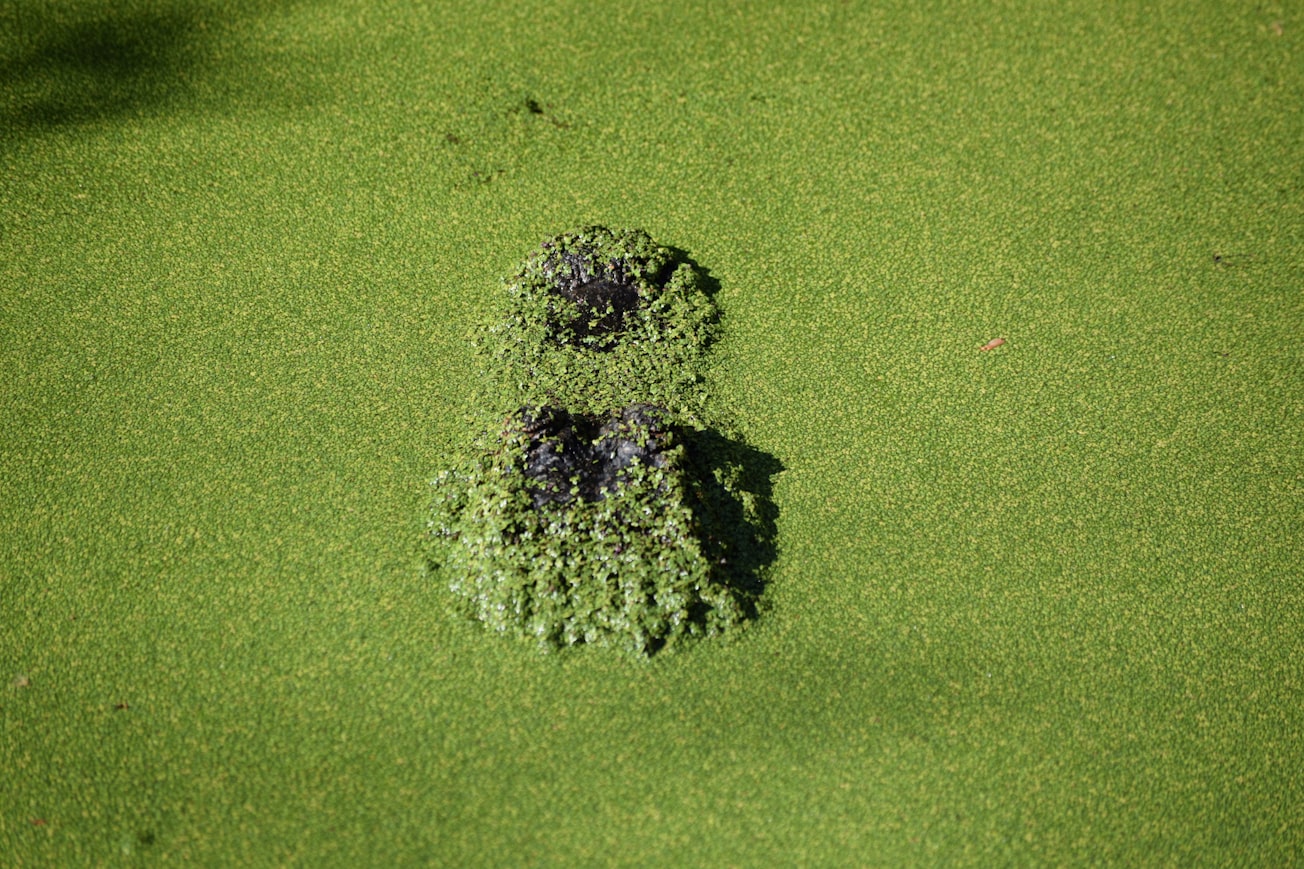What is it about?
Using a sensor to measure cyanobacteria as an early warning for bloom formation in lakes. Tested in the Rotorua lakes district in New Zealand.
Featured Image

Photo by Nitish on Unsplash
Why is it important?
This research was aimed at increasing efficiency in the routine monitoring of cyanobacteria in 12 lakes by implementing a sensor to reduce cell counting. There are many variables that can influence the readings from an open-ended sensor in the field. Strong correlations between biovolume and pigment were found when there were high levels of cyanobacteria. Unfortunately, these samples are easier to count for biovolume compared to low levels of cyanobacteria, therefore, the sensor did not work in the reduction of cell counting in field samples. Although it could offer early alerts for blooms above bathing health standards.
Perspectives
This research is important for Regional councils that routinely monitor for cyanobacteria. It investigates whether there is an alert level of the pigment phycocyanin that can be used as a proxy for the current cyanobacteria biovolume alert level thresholds for cyanobacteria blooms in freshwater bathing sites.
Vanessa Cotterill
Scion Research
Read the Original
This page is a summary of: Phycocyanin sensors as an early warning system for cyanobacteria blooms concentrations: a case study in the Rotorua lakes, New Zealand Journal of Marine and Freshwater Research, May 2019, Taylor & Francis,
DOI: 10.1080/00288330.2019.1617322.
You can read the full text:
Contributors
The following have contributed to this page







